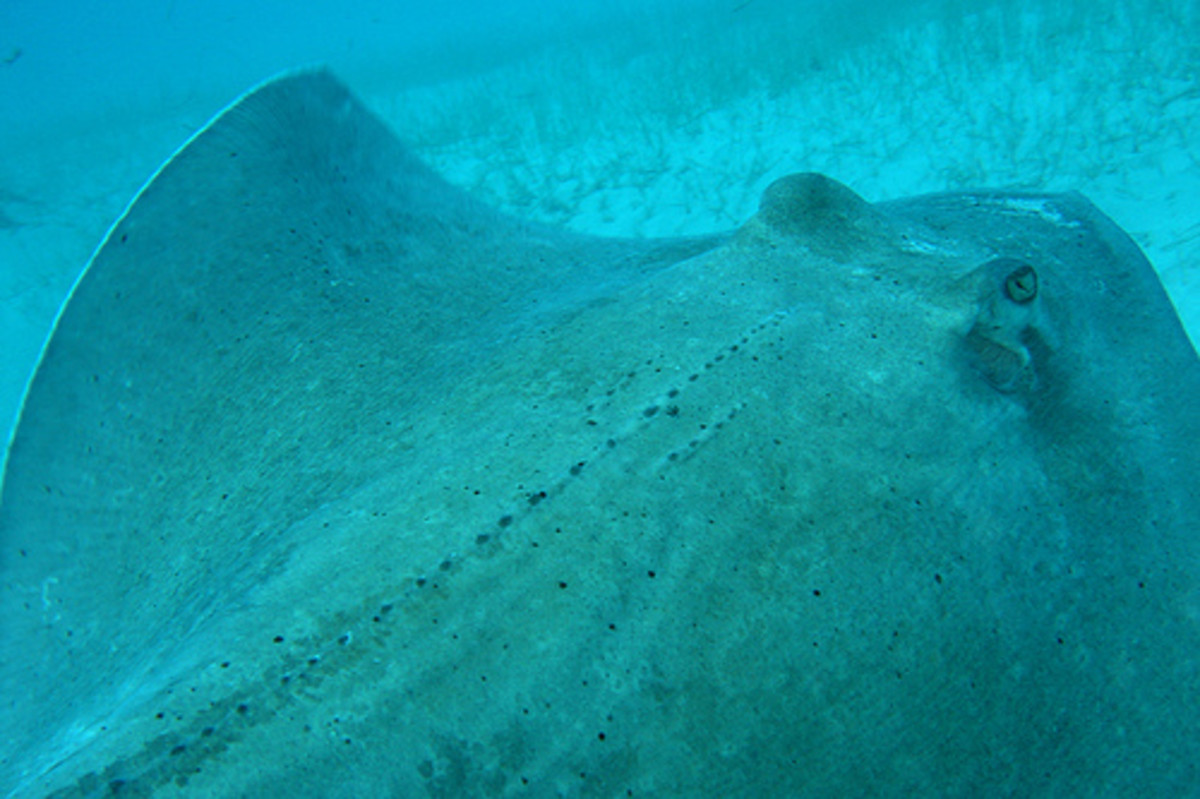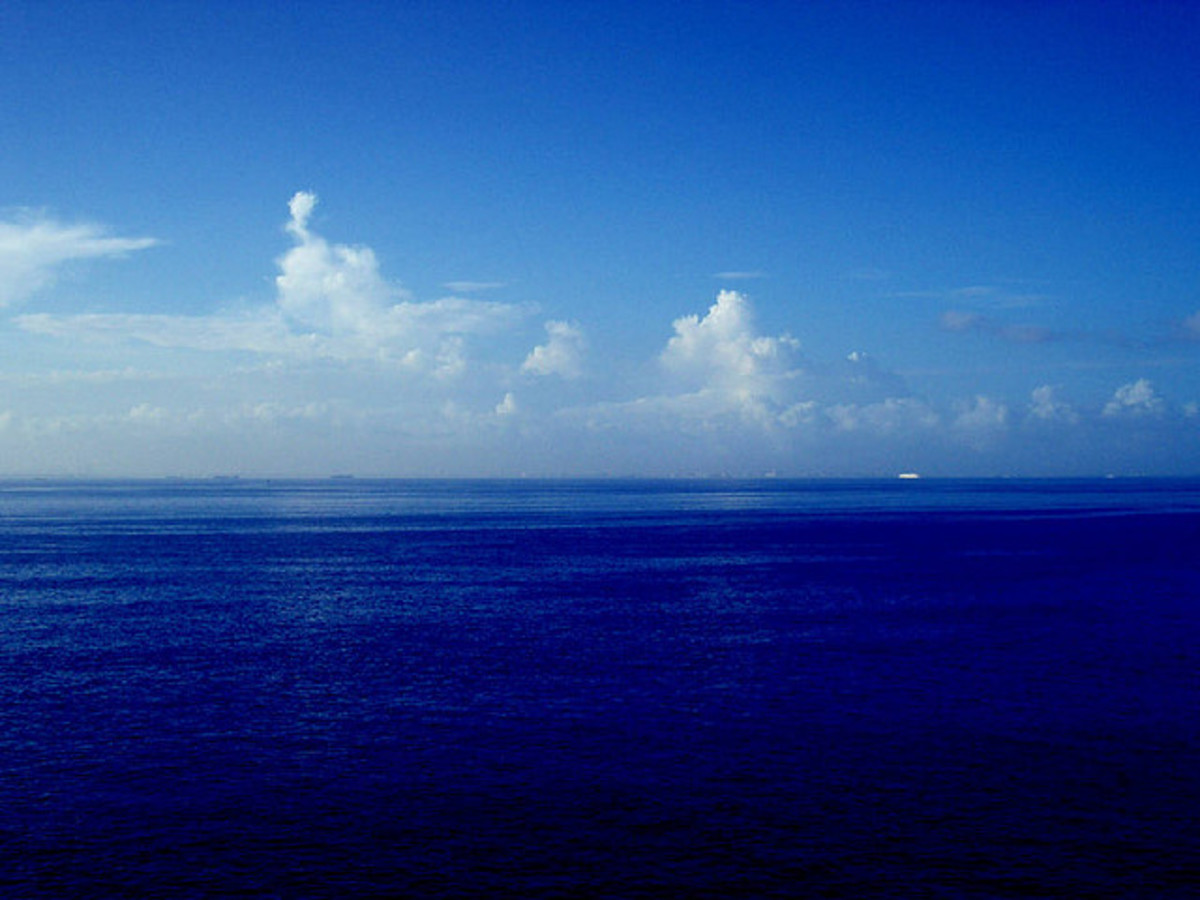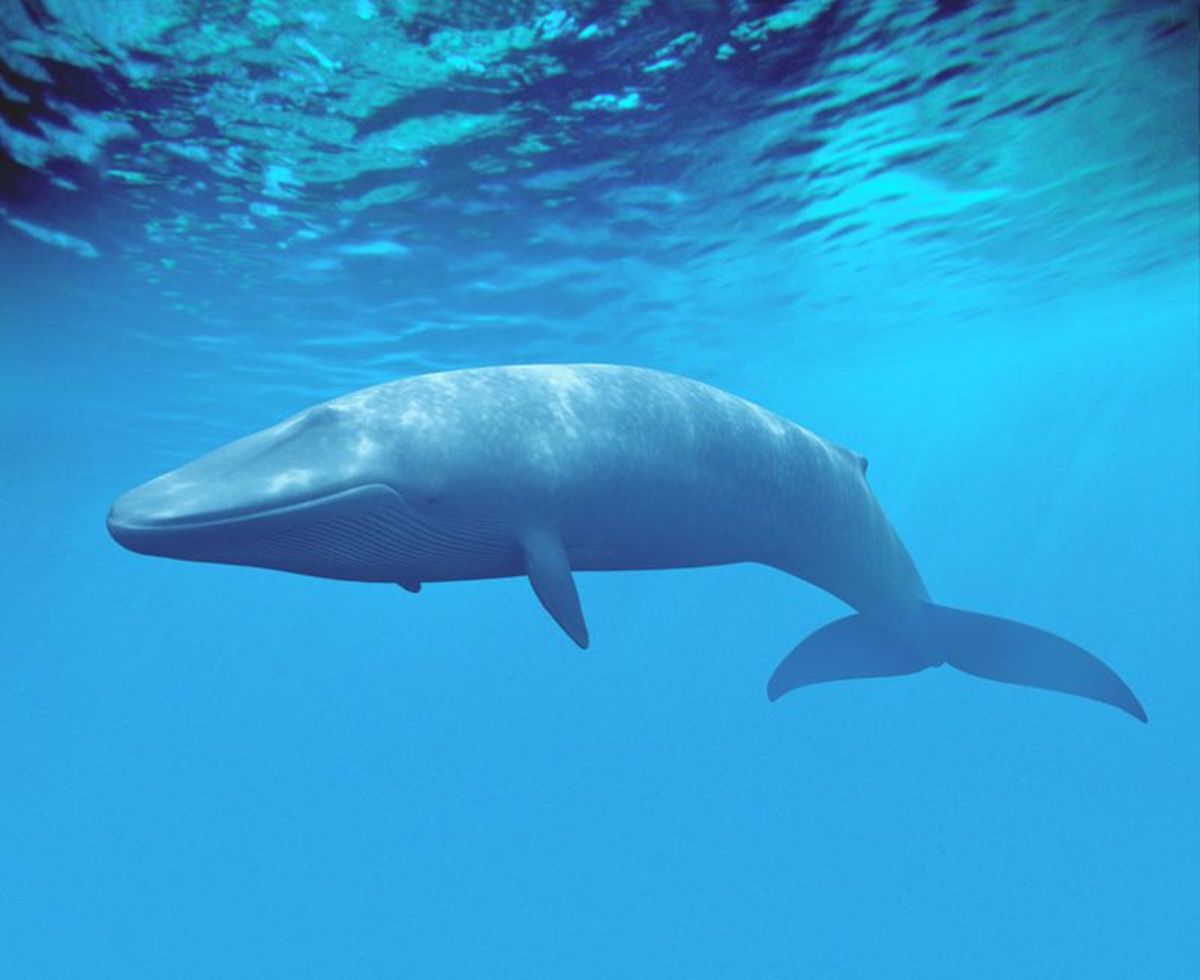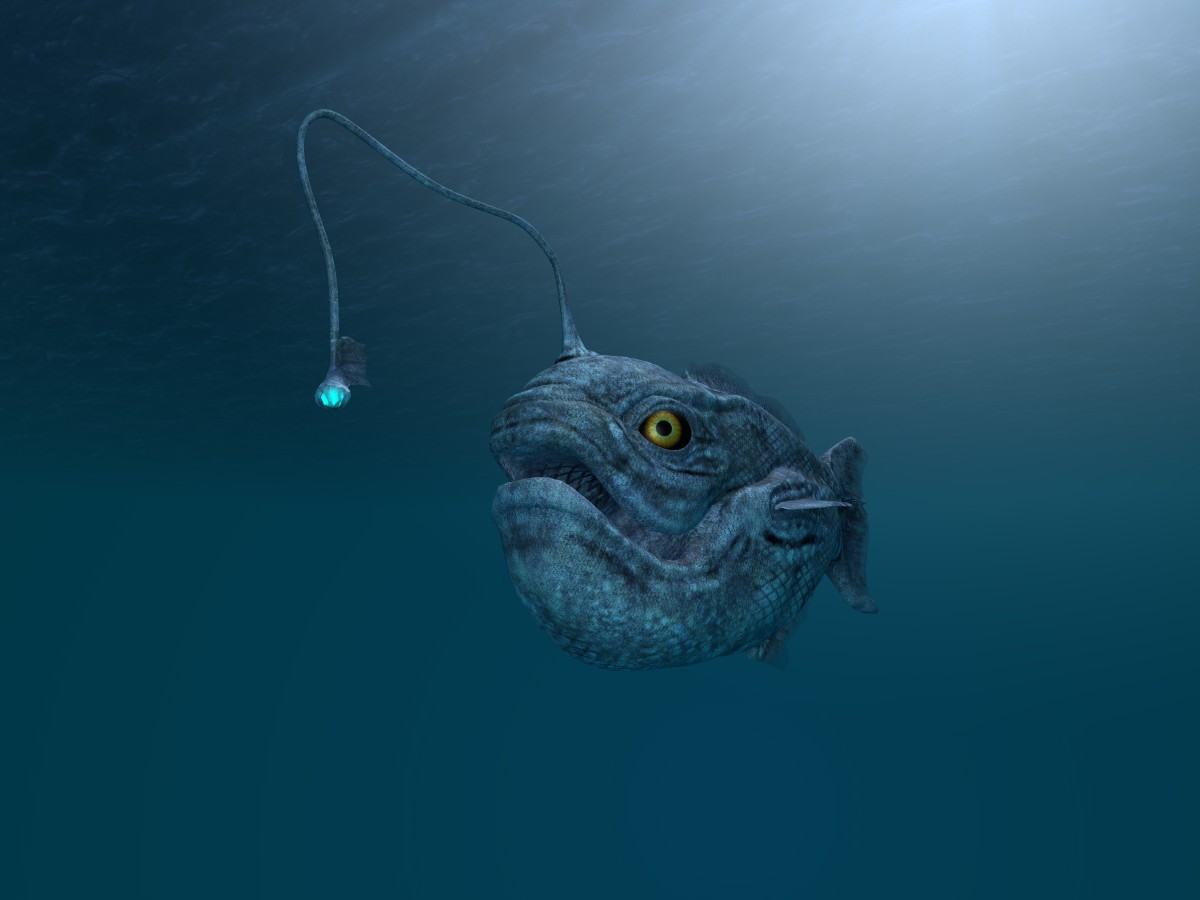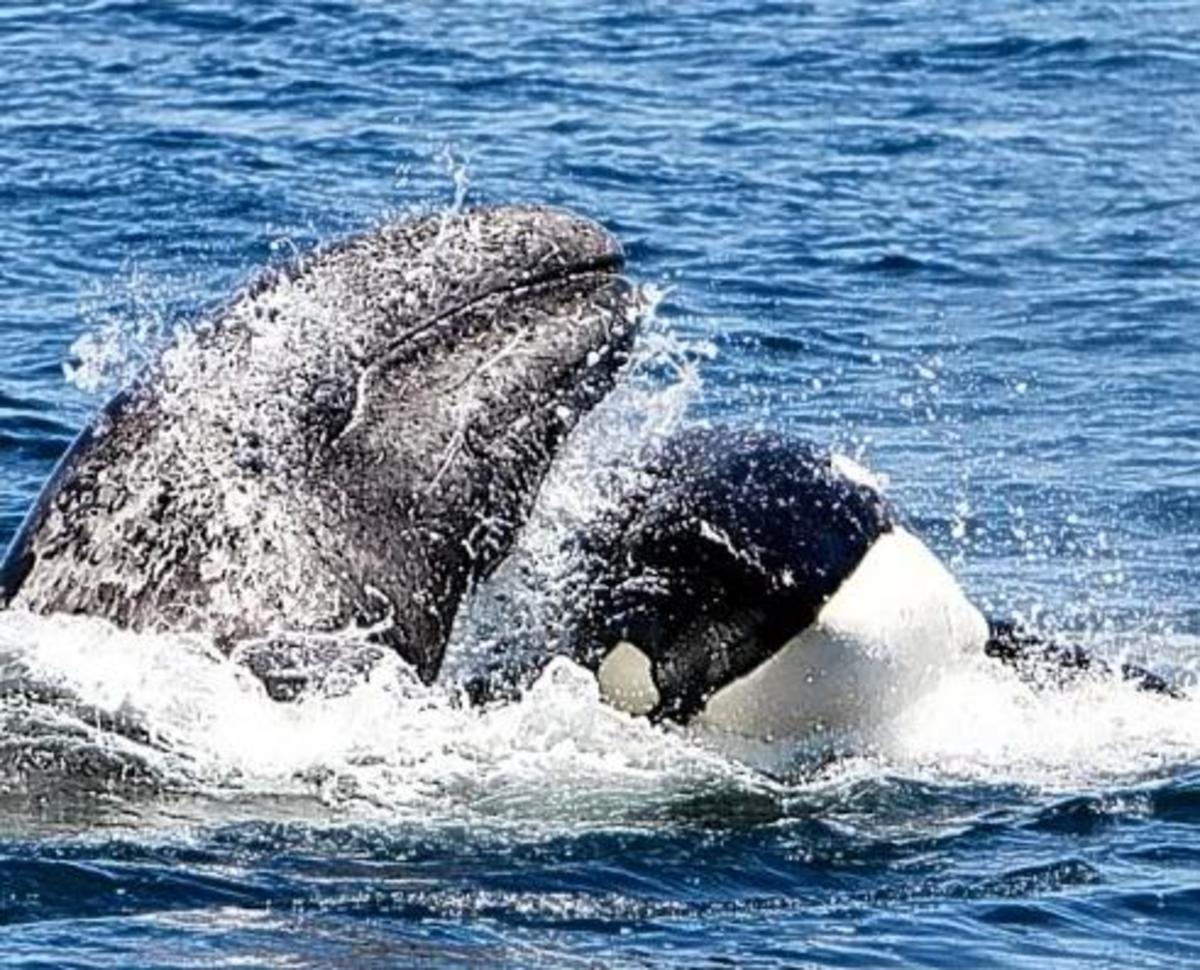- HubPages»
- Education and Science»
- Life Sciences»
- Marine Biology
Stingrays: Masters of Camouflage
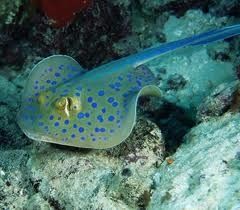
Keep your eyes open for these amazing sea creatures resting on the ocean floor
I remember the first time I was scuba diving and saw a bottom-dwelling Stingray. My guide pointed it out on the sand, at about 25m and I remember looking closely, but not seeing anything. I kept looking, until the 2 eyes came into focus and then the rest of the body eventually stood out. Expertly camouflaged, I was very impressed. And I also remember the first time I saw a stingray swimming in the open ocean. It floated by, awkward and graceful at the same time as the divers watched in awe, willing it to come back for another look at us. And thankfully it did, circling around us a few times, putting on an impressive show. These days, I've seen plenty of stingrays, but I'm still amazed by them as much as I was that first time.
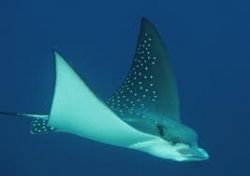
An Introduction to Stingrays
There are about 200 species of stingrays that range in size up to 350 kg and 2m. Stingrays can be found all over in the world, both in the ocean and in freshwater environments such as rivers. They can be classified into 2 types: benthic (bottom-dwellers) who usually live in the sand and feed on crabs, shrimp, crabs or snails. The other type is Pelagic (swimming) stingrays who have a bat-like shape and feed on the same things as benthic rays, as well as Plankton filtered from the water.
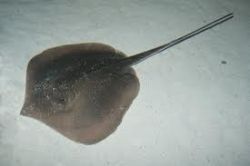
Are Stingrays Amazing Marine Animals?
All about Stingrays: more information
Stingray Behavior
Benthic Stingrays, who live on the bottom of the ocean floor are experts at camouflage. They conceal themselves by stirring up the sand and then hiding under it, often with only their eyes peering out. Their coloring helps them blend in with their environment, which protects them from their predators (larger rays and sharks). Most of the time, Stingrays remain inactive, and move only with the tides. When they do move, they either use an undulating motion to propel themselves, or they flap their sides like wings. The tail is occasionally used to maneuver.
Footage from the BBC
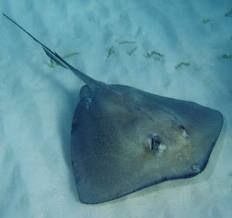
How do they eat?
Since the eyes are on the top of the stingray, and the mouth, nostrils, and gill slits are located on the underbelly, it's thought that sight doesn't play a very big role in finding food. Similar to sharks, stingrays are equipped with electrical sensors near the mouth, which sense the electrical charge or potential prey. Many rays have very strong teeth to crack shells and mollusks, while other are only able to suck or filter their food.
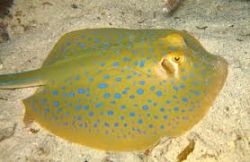
Reproduction
Stingray reproduction is not especially romantic: the male follows the female around, biting at her pectoral fin. He then places one of his two claspers into a valve. They remain attached for a minute or two and that's it.
Some species of rays bear live young in groups of 5-13, while others lay eggs that remain inside the womb, which hatch later. In either case, the mother holds the embryos in her womb, but does so without a placenta. Instead, the young stingray get their nutrients from a yolk sac, and later from uterine milk. The young are later expelled from the womb, as fully developed, but small stingrays.

Are Stingrays Dangerous?
Stingrays are not aggressive animals, and will generally not sting or attack humans unless provoked, such as when they're accidentally stepped on. Even when stung, the injury from most stingrays is usually not serious but local swelling, inflammation, pain, muscle cramps and later infection may occur. If heat is applied quickly, this can break down the proteins in the venom and reduce the pain considerably. Sometimes surgery is required to remove the barbs.
In more serious cases, the sting occurs in the chest or abdominal region, in which case heart rate and respiration may be affected, even to the point of death.
The stingray stings by a whipping mechanism. The ray must be facing its victim because it just flips it's tail up over its body to string whatever unluckily happens to be in front of it! There is a protective sheath around the stinger, which usually tears when it strikes something, and the venom is released. Despite the venom, the most damaging part of the sting can be when removing the stingers. Think of it like backing up the wrong way over those "severe tire damage" barriers. If not done correctly, this action can cause massive blood loss and possibly death.

What happened to Steve Irwin?
"Crocodile Hunter" Steve Irwin died in 2006 from a stingray sting to the chest while filming a documentary at the Great Barrier Reef. He was snorkeling in about 2m of water with a 100kg Australian Bull Ray. Irwin removed the barb himself and it's thought that he died from a combination of the puncture would as well as massive bleeding from removing the barb.
Stingrays in Tanzania
Further Reading on Stingrays
- Wikipedia
Check out the reference section for helpful links. - How Stuff Works
How do stingrays kill? - National Geographic
Helpful fast facts about Stingrays





